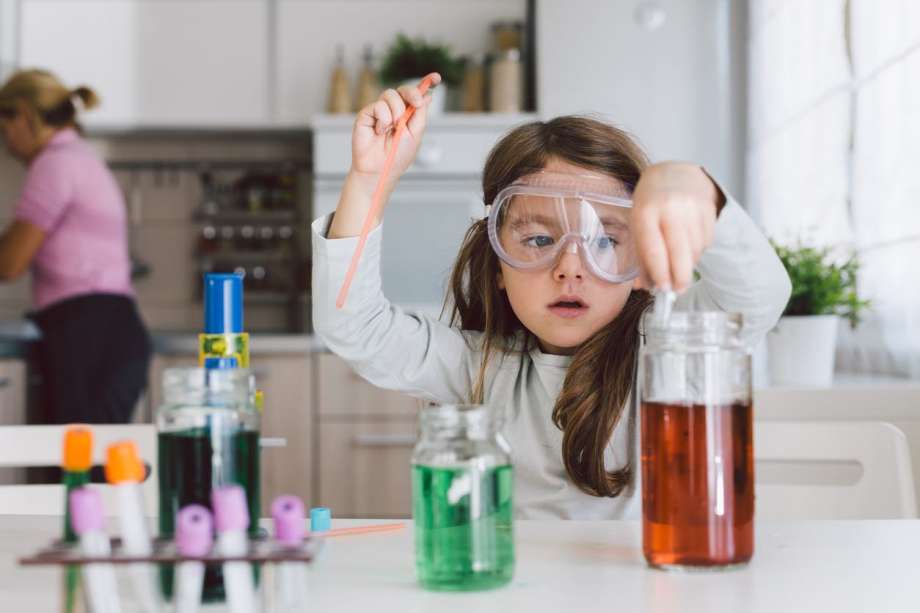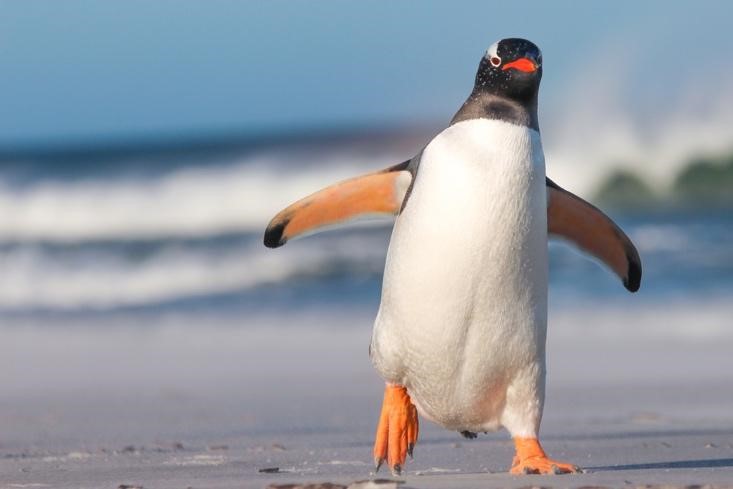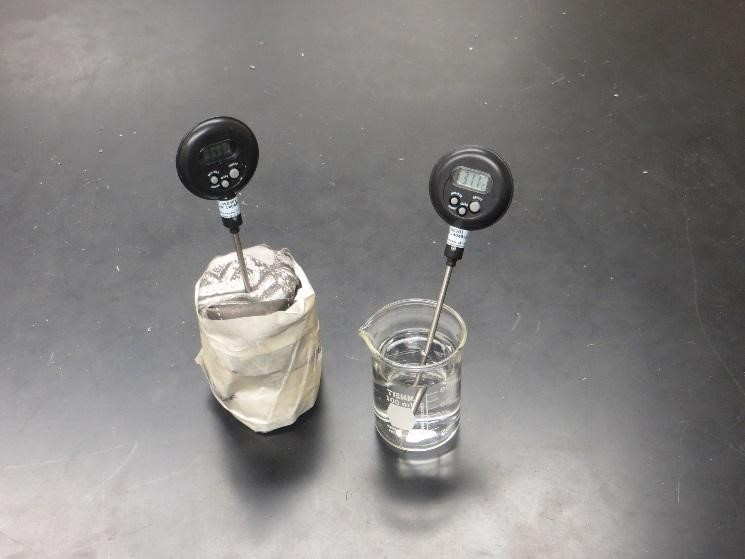Science for Students: Wrap Your Mind Around Insulation!

Science for Students: Wrap Your Mind Around Insulation!

Have you ever wondered why animals like polar bears and penguins are able to stay warm in sub-zero temperatures? Or why a cup of hot cocoa doesn't stay hot for a very long time? The answer to both of these questions involves insulation.
Insulation is any material that prevents an object from drastically changing its temperature. This simple experiment demonstrates how it can affect the change in the temperature of a liquid.
Be sure to conduct this experiment with adult supervision, because you'll be using hot tap water.
Gather your materials. You will need:
- Two identical small containers for holding water, such as plastic drinking cups, small coffee cans, or Mason jars
- Two thermometers (the experiment can still work if you only have one.)
- Different types of insulators, such as cardboard, polystyrene foam, newspaper, cotton balls, wool, and/or fiberglass
- Measuring cups
- Large pot or bucket

Now it is time to set up your experiment!
- Completely wrap one of your two containers with the insulators you have chosen. Wrap all the sides evenly, and be sure to cover the top of the container, too. If you are using cotton balls, glue them together to make a cotton ball "blanket." Wait for the glue to dry before continuing the experiment.
- Carefully make a hole the size of the thermometer in the top of your insulator cover by poking a nail through the material. WARNING: Do not attempt to push a glass thermometer through the material to make the hole. The glass can break and cut your hand.
- Leave the other container unwrapped and uncovered.
- Fill a bucket or large pot with hot water. WARNING: Hot tap water can be scalding, so handle with care and with adult supervision.
- Use measuring cups to transfer the hot water from your bucket to both of your small containers. Make sure you have equal amounts of water to each container.
- Insert a thermometer into each container. Make sure the water in both containers is about the same temperature (within 0.5 degree of each other). If the water is at different temperatures, pour it out and get new samples.
- Remove the thermometer from the container that is covered in insulation.
- Place your cover over the insulated container.
- Slide the thermometer through the hole in the cover.

It's time to start your investigation!
- Record the initial temperature of each container of water. Remember that at this point they should be the same.
- Place both containers (together) in a location that is at a different temperature than the temperature of your water. For example, you can put them in the refrigerator, outdoors if it is a cold day, or you can leave them on your counter top. The colder the new environment is, the more drastic the temperature change will be.
- After about 10 minutes, check the temperature of each thermometer. The insulated container should have a higher temperature than the uncovered one.
Now try some follow up experiments!
- Change the thickness of the insulator you have been using. How does the temperature of the water change if you use a thicker amount of material? If you double the thickness of the insulation, does the water cool down by half as much?
- Try different types of insulators. If you keep the thickness of each type of insulator the same, which one is best at keeping the water hot?
Why did you get the results that you did? Find out in the second piece of this four-part series.
Mike Willard is a physics and environmental science teacher at Richard Montgomery High School in Rockville, MD. He is also involved in a number of engineering and environmental education outreach programs through the school. You can contact him at Michael_J_Willard@mcpsmd.org.